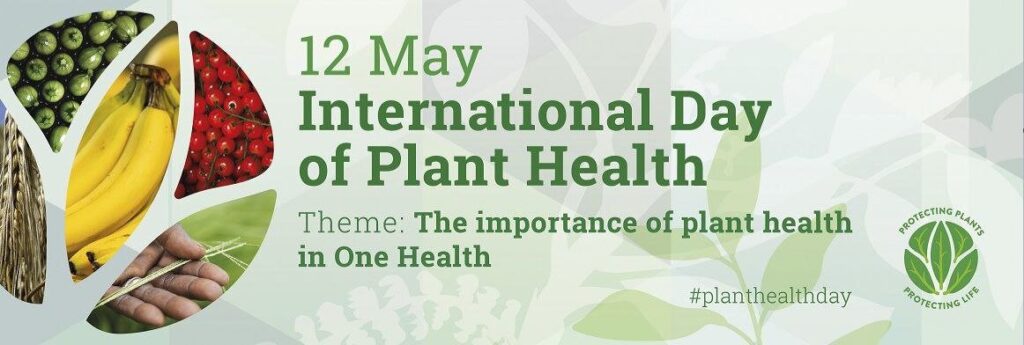Tehran – Plants are life and the leading producer of biomass that provides food, medicine and fun landscapes to animals and humans. When we protect plants, we save lives.
Humans rely on 80% of the food they consume and 98% of the oxygen they breathe. Protecting plant health helps end hunger, reduce poverty, protect biodiversity and the environment, and promote economic development.
Plant health is the foundation of food security and is interrelated with human, animal and environmental health. Healthy plants provide a nutritious diet to humans and animals, helping to promote a balanced ecosystem.
Despite the fact that plants are important for the survival of humans and animals, they have been neglected in recent decades, many of which have been on the verge of extinction.
Humans lose 40% of their crops to pests, thwart global efforts to ensure food security, harm valuable biodiversity, and affect the economy and livelihoods.
Pest-infected plants can cause cascades that have a negative impact on food supply and induce the outbreak of zoonotic diseases transmitted through harmful pathogens. Pesticides play a role in pest management, but their overuse and poor management raise biodiversity loss, environmental pollution, ecosystem dysfunction, food safety concerns, and pesticide resistance.
The United Nations designated International Plant Health Day (IDPH) on May 12, raising global awareness of how to protect plant health. This year, IDPH is asking everyone to take action to keep plants, animals, humans and the environment healthy.
Plants are not the background to human and animal life, but the heart of the health of our planet as a whole. In one health approach that emphasizes the interconnectivity of people, animals, plants and ecosystems, plant health is an important but often unrecognised pillar.
Plants support livelihoods, economy and support global trade. Investing in plant health can help strengthen the rural economy and build resilience to economic shocks.
It also contributes to climate change mitigation. Plants, especially forests, grasslands and peatlands, act as carbon sinks. Forests absorb around 2.6 billion tonnes of carbon dioxide per year, helping to combat climate change and improve air quality. Maintaining plant health is important for reducing and adapting to climate threats.
Plants help to ensure clean water. Over 80% of the wastewater is discharged untreated into the environment. Healthy vegetation acts as a natural filter, improving water quality, reducing pollution, and risk of waterborne diseases.
Plants regulate the Earth’s critical environmental systems by stabilizing soil, filtering air and water, regulating the water cycle, and supporting biodiversity. They help prevent soil erosion, protect beneficial insects such as bees and microorganisms, and reduce chemical use. Loss of biodiversity reduces ecosystem resilience and makes both the environment and human communities more vulnerable to extreme climate, pests and disease outbreaks.
Iranian plant diversity is unique in Western Asia to the extent that it ranks second in the second place after Turkey. In addition to native plants, there are also other species in the country known as endemic species, which are far more limited than native species. Of the 8,000 native species, approximately 1,800 are endemic. These species are only found in certain geographical regions.
The plant species identified in this country correspond to 80% of plant species in the European continent in terms of diversity and number.
The indiscriminate harvest of plant species and climate change, particularly droughts, has led to the destruction of many of them.
Plants exhibit different resilience to drought depending on their species, genetic and physiological structure, and type of geographical area.
Among the effects of drought on plants, we can name the reduced plant tolerance to environmental stresses such as pests, high temperatures, and biological competitors.
Certain species can withstand extreme climatic conditions, drought conditions and variations, while rare endemic species (natives or species endemic to geographical regions) are more sensitive and vulnerable. Loss of these plants is one of the biggest damage caused by drought.
Several measures can be taken to mitigate the effects of climate change, particularly drought, on plant destruction, such as preventing the exploitation of natural resources, destruction of ecosystems, and reducing plant pressure, as well as preventing the exploitation of natural resources and destruction of ecosystems.
Furthermore, it is essential that all countries reduce greenhouse gases by making comprehensive, decisive and coordinated decisions.
Raising public awareness to protect nature is also a very important step that will help the government maintain nature.

